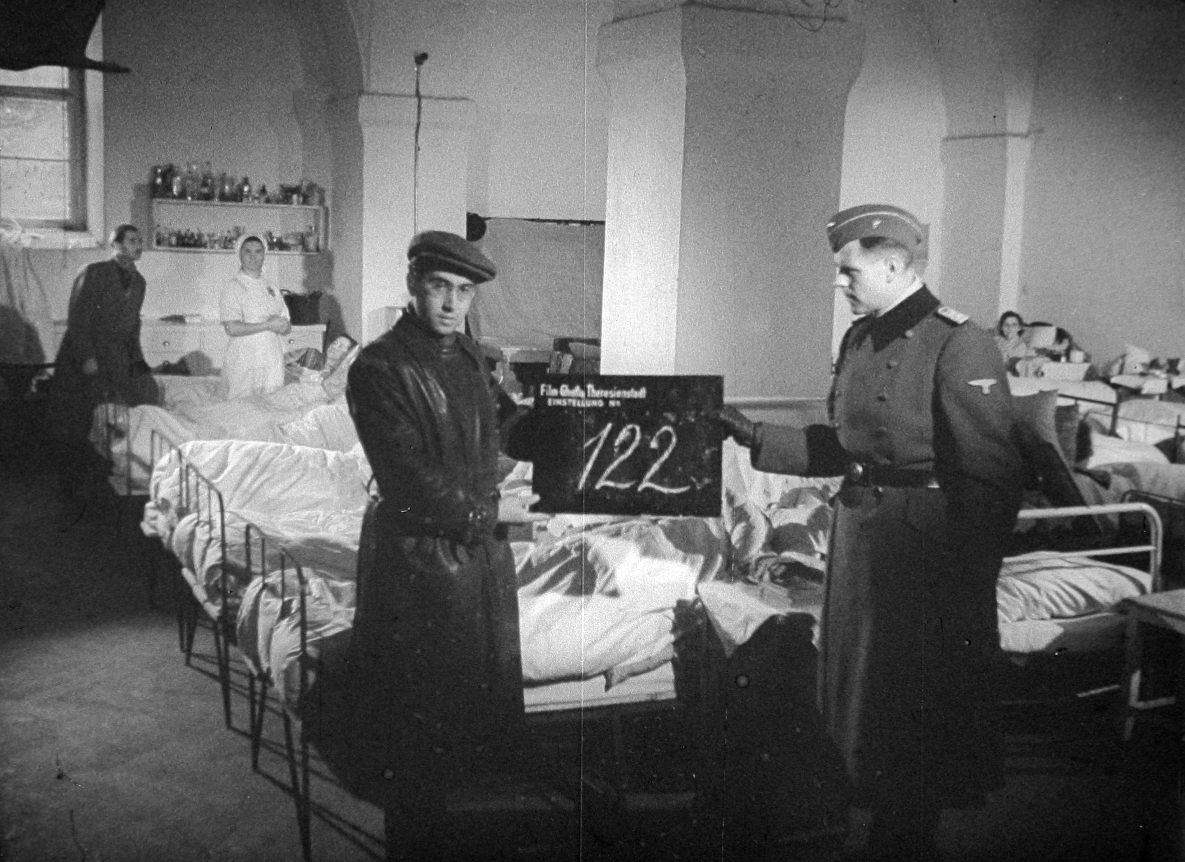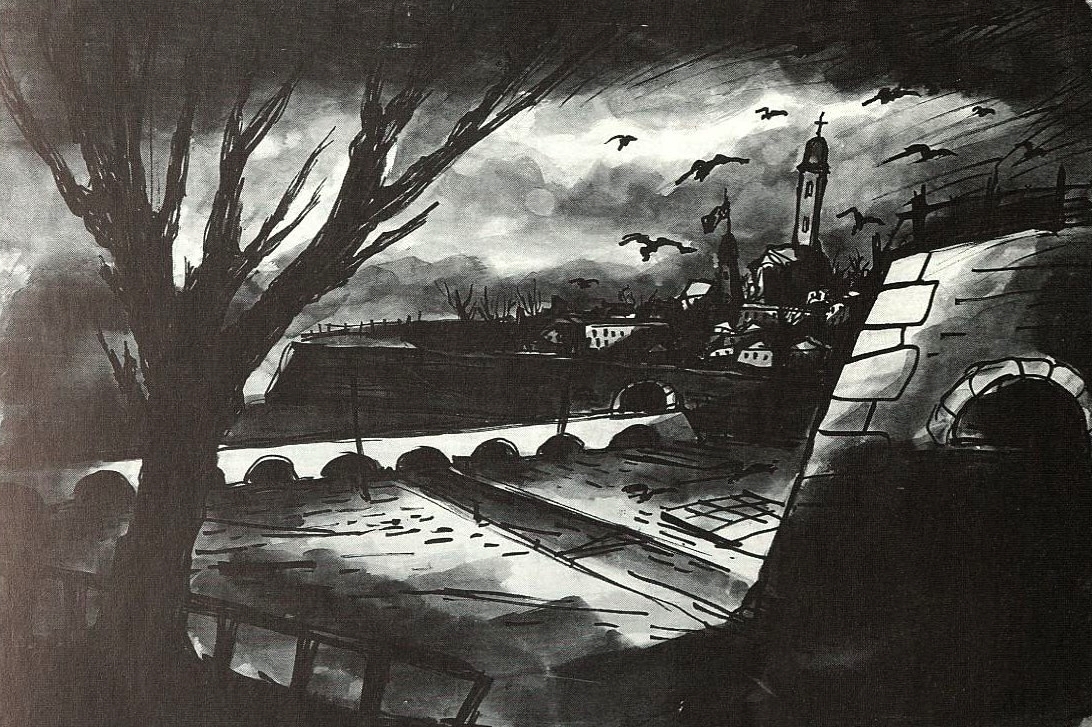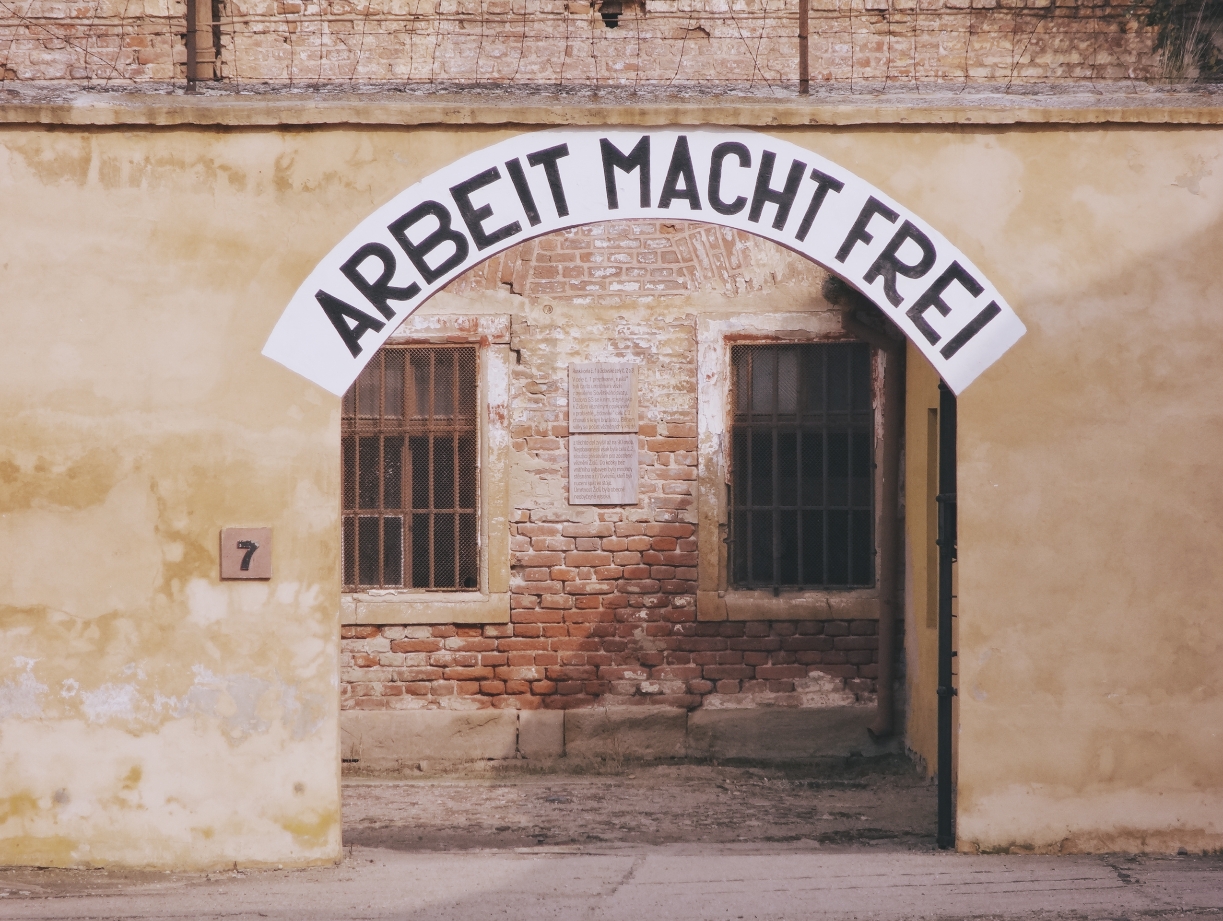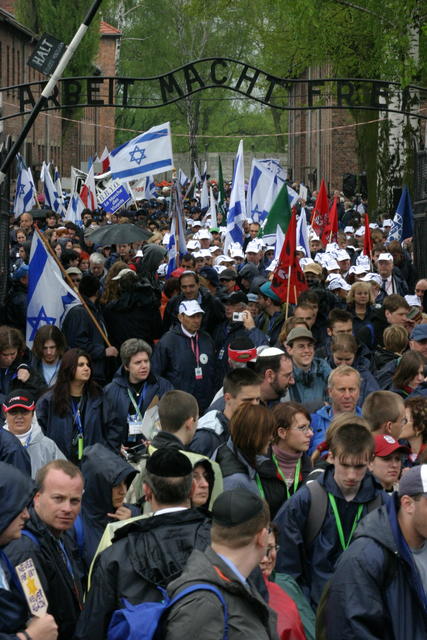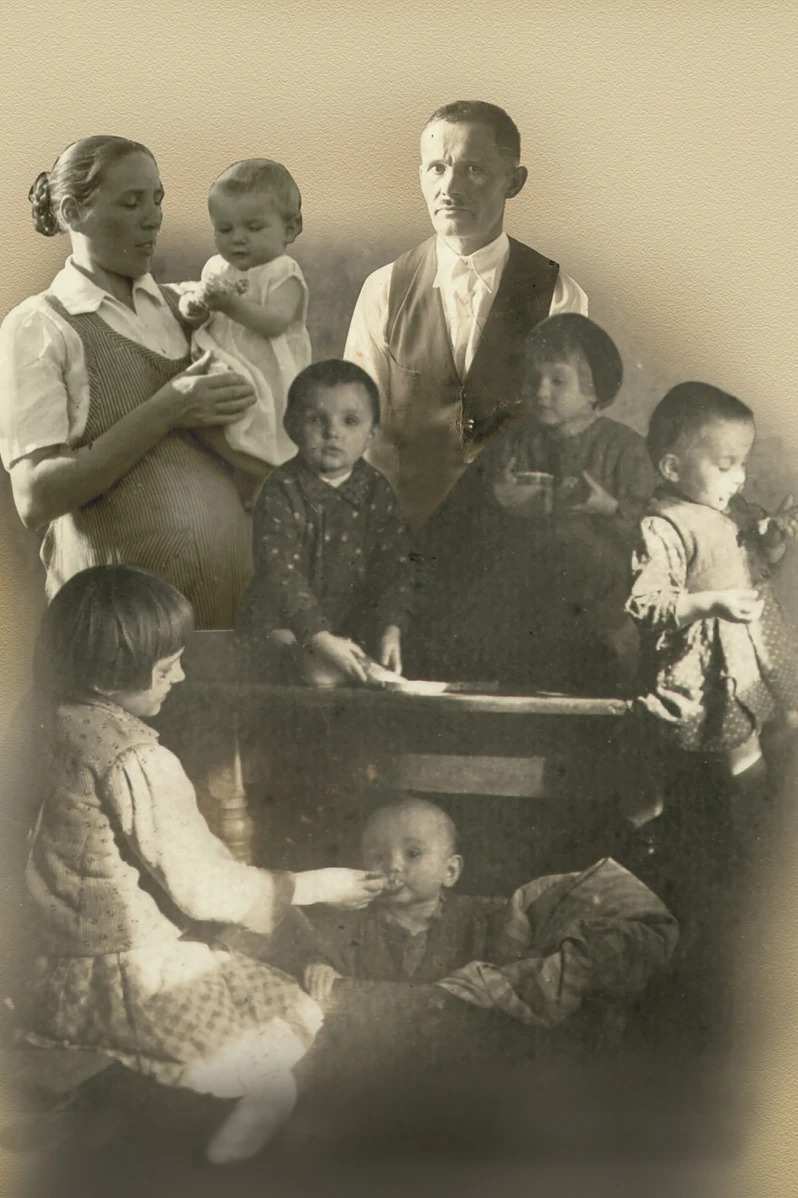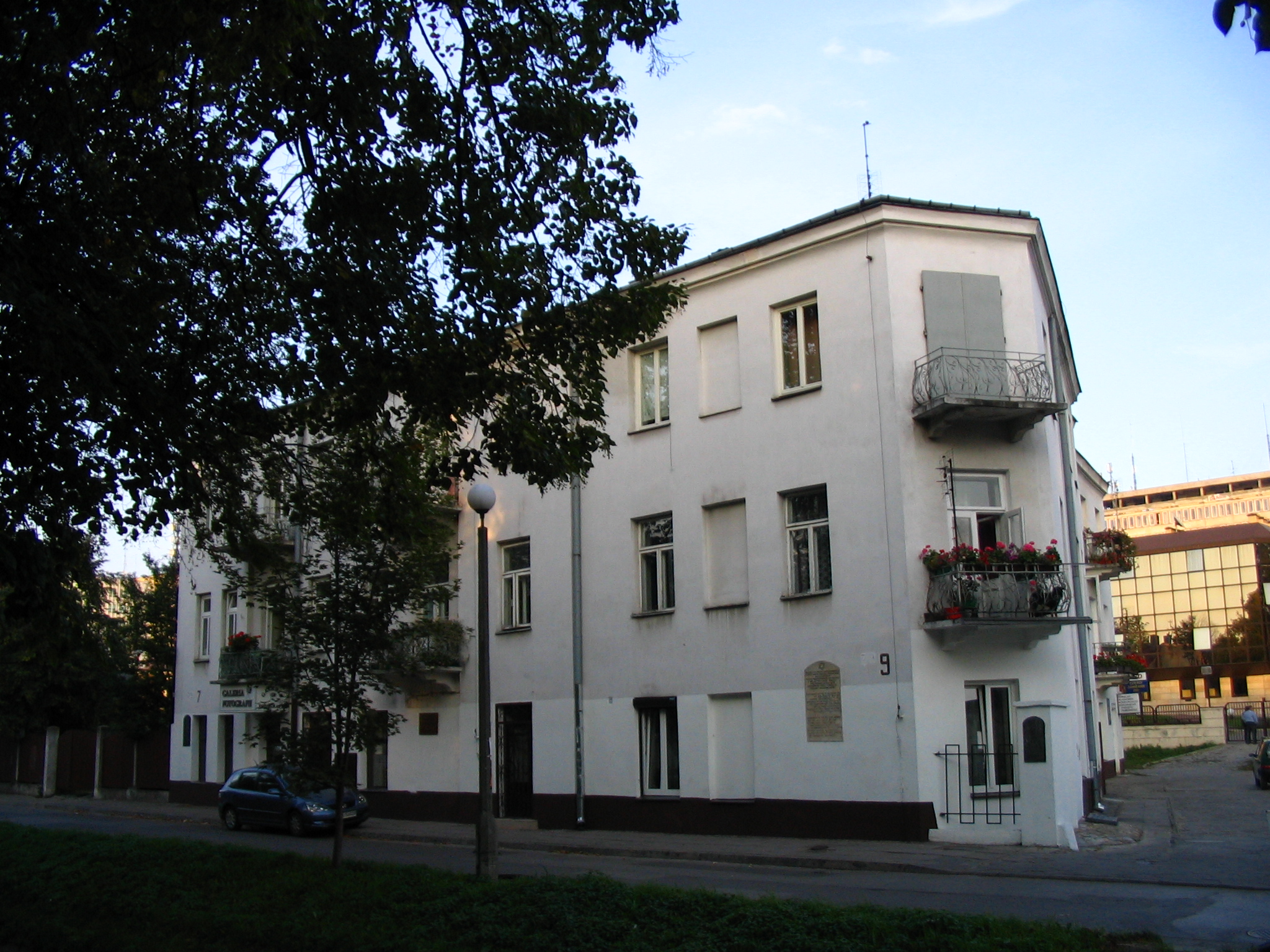Terezín as an idea of a ghetto – Terezín
Fact of the Czech figure „Racial genocide in occupied Czech lands”
Part of the „The Holocaust” topic
Terezín, in German Theresienstadt, an 18the century fortress town named after the Empress Maria Teresia, was rebuilt by the Nazis in 1941 into a camp that played a key role in the genocide of the Jews in the Protectorate and other parts of Europe. The so-called „Jewish ghetto” was created there, where Jews were rounded up before being sent to concentration and extermination camps (over 88,000 people were deported through Terezín, of whom only about 3,600 survived the war).
Moreover, the ghetto was supposed to serve as a device to mask the entire genocidal process. Outwardly, it appeared as a „Jewish town” where Jews were isolated from the surrounding population, but at the same time were able to live normal lives within their community. The illusion of normality was created by a seemingly independent „Jewish self-government”, functioning public institutions, or permitted cultural opportunities. Thanks to this, Terezín could be presented to the international public as an ideal place to live. The Nazis invited a delegation from the International Red Cross to visit the ghetto in 1944, and even made a propaganda film about the happy life in the Jewish town of Theresienstadt.
However, nothing could have been further from reality. Although living conditions in the ghetto were slightly better than in ordinary concentration camps, they were nevertheless extremely harsh. As a result of hunger, poor sanitation, forced labor, and mistreatment by Nazi guards, some 35,000 people perished there in less than four years of its existence. Two years after the liberation of the former ghetto, the Terezín Memorial was established in the premises of the former ghetto, which still commemorates the suffering of the Terezín prisoners.
